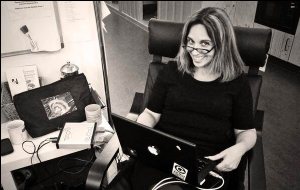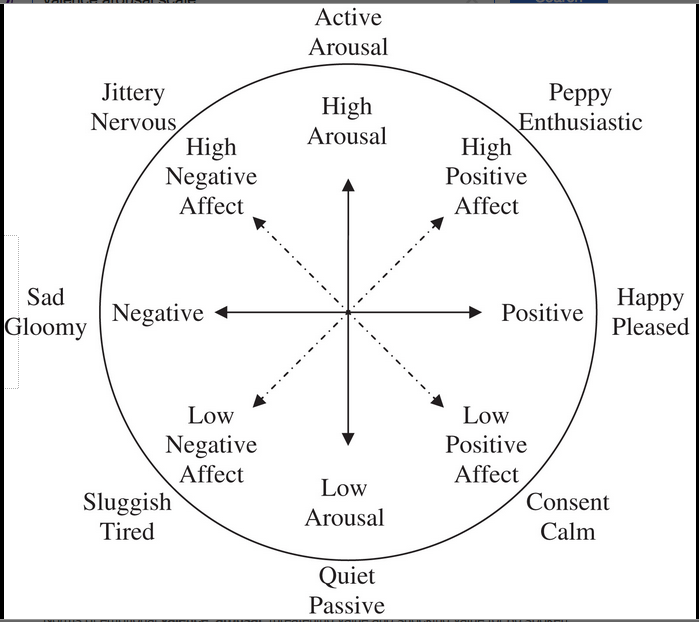Dr Maria Karam and the next communication frontier
Until you meet Dr Maria Karam, she might sound like a science fiction super woman:
“Maria Karam is an academic, inventor, and entrepreneur with a vision to expand our experiences into the 6th sense using sound for the body”
Dr Karam is the founder and president of Tactile Audio Displays Inc (TAD)– “a research and development company specializing in systems that makes sound you can feel.” But her journey to TAD included working with Prof Ron Baecker, who regularly invites colleagues to be TAGlab guest speakers.
“Skin is the next frontier of communication for humans: leveraging the body as an information channel poses some interesting challenges as well as opportunities…”
Dr Karam is fueled by the possibilities of messages received through and by our skin, and which of us has not felt the hair on our arms or the back of the neck reacting to some energy force in the air, or felt someone behind you.
“Those hairs on your arm work the same as the Cochlea (tiny hairs) in your ears.”
Haptics is the science of touch: exploring how different messages are delivered, depending on the type and intensity of the touch. Holding hands, for example, can have its’ own language:
- Stroking
- Tapping
- Pushing
- Poking
- Tickling
- Squeezing
- Rubbing
Vibrations and the messages they bring via the skin
Our skin gets information from sound as well as touch. As they move through the air, sounds are vibrating a signal. Hence those who are deaf or hard of hearing can still feel the bass in music.
“If you recognize importance of sound and its physical properties, it opens a whole new world of communication”
For example, studies using Dr. Karam’s systems have shown the impact of sound vibrations on children with autism
“Feeling vibrations of mom’s voice, there was an instant response”
“Physical characteristics of sound are so unique that musical instruments can be detected individually through feeling alone”
Emoti-Chair
“Emotional transference is same with vibrations as sound on the ‘valence arousal scale”
I give credit to the website, Thinking Zygote for explaining valence in layman’s terms:
“Valence is cognitive-psychologist speak for whether or not people would want to feel something. Most people want to be happy, and most people don’t want to be sad, happiness good, sadness bad, happiness positive, sadness negative.”
This message brought to you by your car
Her next accomplishment is putting results of research into practice.
A major car company is partnering with Dr. Karam to make car seats and steering wheels means of communication.
“Cars are increasingly made to be quiet – keeping out all extraneous sound. Coupled with ever improving sounds systems, drivers are rendered deaf. This means deaf to sirens or an impending emergency. Our back, bum, arm, hand on steering wheel can impart important messages.”
Perhaps this seems too futuristic, but not when driverless-cars seem within reach.
“In an autonomous vehicle, the car has a whole bunch of things to tell you. If it becomes necessary to ‘engage’ the driver, that can be freaky, but this secret sensory system can make the transition smooth instead of jarring”.
Puts a whole new meaning to: “Give me some skin.”

